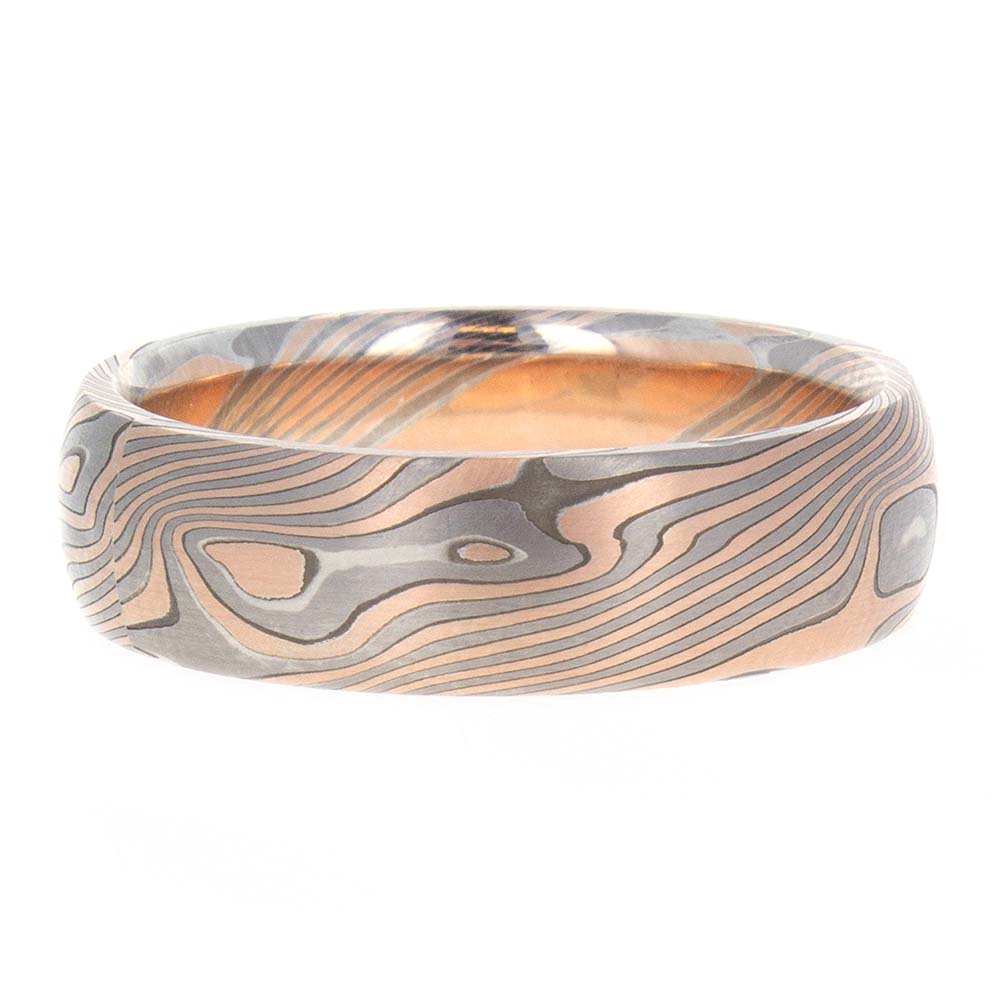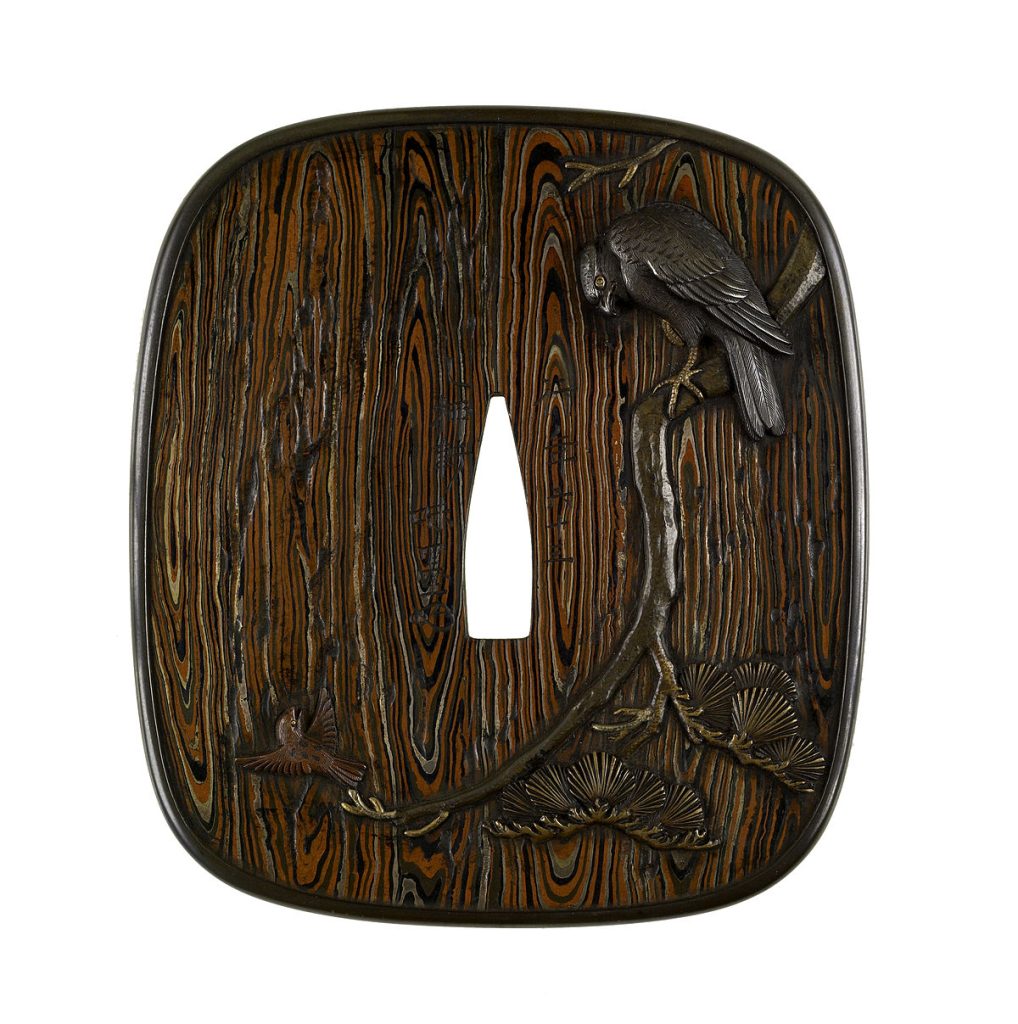Presenting–Mokume Gane
Mokume Gane is a traditional Japanese metalworking technique that has gained international recognition. It has captured the hearts of artists and enthusiasts alike with its mesmerizing wood grain patterns. In this essay, we wish venture on a travel to search the orthodox techniques employed in Mokume Gane. And unraveling the depth of prowess and science required to create these extraordinary metal pieces.
We wish to explore the meticulous processes of layering and bonding different metals. The intricate manipulation of layers to shape and impart the desired design. The delicate art of undefined and finish to raise the beauty of the patterns. And the essential methods of preservation and vex to maintain the integrity of the artwork.
By immersing ourselves in the intricacies of this antediluvian craft. We can truly appreciate the inscription and expertise that goes into crafting each Mokume Gane masterpiece. Whether it’s the on the nose layering of metals or the careful preservation of the destroyed piece. All step in the work on contributes to the tempt and eternity of this remarkable fine art form.
The History and Significance of Mokume Gane
The history of Mokume Gane stretches back up down to 17th-century Japan. Where it was at first improved to clothe nonfunctional sword handles. However, its captivating beauty and artistic value quickly caught attention beyond its practical origins. Mokume Gane, which translates to “wood grain metal”, derives its name from the intricate patterns found in wood, which it closely resembles.This technique captures the essence of nature, showcasing a harmonious blend of colors and textures within the metallic element itself.
Mokume Gane’s signification lies not only when in its esthetic appeal but also in its appreciation and existent importance. During the Edo period in Japan, samurais prized swords. Not only when for their functionality but also as symbols of lay out and craftsmanship. Mokume Gane was exploited to elevate the visual aspect of vane handles.And adding a touch down of elegance and individualism to these venerable weapons.
The existence of Mokume Gane required a profound understanding of metallurgy and a deft hand down at manipulating various metals. It was a will to the science and inscription of the craftsmen who honed their techniques o’er generations. The ticket art take form itself became tangled with Japanese cultural heritage, representing the country’s deep taste for nature, patience, and craftsmanship.
Over time, Mokume Gane dilated on the Interahamw side the realm of sword-making and base its room into strange forms of decorative art and jewelry. Its bewitching wood grain patterns and the complexity of its creation work uphold to grapple artists and collectors worldwide. Today, Mokume Gane stands as a symbol of Japanese craftsmanship, blending tradition with innovation, and service as a will to the long-suffering sweetheart and taste signification of this antediluvian metalwork technique.

Layering and soldering Metals
- Layering and bonding metals is a fundamental aspect of Mokume Gane, forming the very undefined of this ancient metalworking technique. The process begins with the careful selection of traditional metals like gold, silver, and copper, renowned for their different properties and aesthetic qualities. These metals are then meticulously equipped as thin sheets, ensuring uniformity in thickness and quality.
- To transform the shapely layers into a cohesive unit, heat and pressure are employed. The shapely metallic element sheets, known as a “metal billet,” undergo a process called diffusion bonding. Under carefully controlled conditions, the billet is subjected to heat and pressure, causation the metals to bring together together. The application of fire u facilitates the diffusion of atoms between the layers, creating a strong and unseamed bond.
- Once the soldering work on is complete, the billet becomes a solid and incorporate piece of superimposed metal. This solid quarter serves as the foundation for the subsequent stages of shaping, revelation the intricate patterns, and bringing come out the inherent beauty of Mokume Gane.
- The layering and soldering of metals are not merely technical steps in the creation of Mokume Gane; they are integral to its artistic essence. The careful selection and arrangement of metals, on with the precise application of heat and pressure, lay over the fundament for the stunning visual effects that work Mokume Gane so captivating. The layering and soldering process in Mokume Gane is a will to the science and attention to undefined required to transform separate metal sheets into a incorporated and harmonious work of art.
The important Part, Etching and Finishing
- To further raise the breathless patterns within Mokume Gane, the technique of undefined is exploited with precision and finesse. The layered metal piece, which has undergone the meticulous layering and bonding process, is now ready to take selective etching. In this process, the metallic element piece is cautiously exposed to specific chemicals that selectively remove careful layers, gradually unveiling the craved plan and creating attractive contrasting colors.
- Etching is a difficult and specific process that requires meticulous attention to detail. Achieving the desired contrast and undefined in the final exam exam piece depends on the artisan’s science in controlling the depth and length of the etching process. This verify allows for the very removal of layers, revelation the complex patterns concealed inside the Mokume Gane billet.
- After completing the etching process, the Mokume Gane piece undergoes a final stage of refinement.Artisans employ precise polishing techniques to bring out the inherent beauty of the metallic element and accentuate the intricacies of the patterns within.
- The combination of undefined and polishing is transformative, unveiling the true magnificence of the patterns within Mokume Gane. The exclusive remotion of layers through and through and through indefinable allows for the complex design to be to the wax revealed, patch polishing brings out the luster and depth of the metal, elevating the artwork to its full potential.
- In conclusion, the process of undefined adds an additive tear down of artistry and refinement to Mokume Gane. By by selection applying etching chemicals, artisans remove particular layers, unveiling the craved design and creating striking contrasting colors. Subsequent meticulous shining further enhances the beauty of the metal, highlight the intricate patterns within. Through the precise practical application of polishing techniques, the surface of the metal is sublimate to a high shine, elevating the visual impact of the artwork.

Maintaining the Integrity of Mokume Gane Artwork
Preserving the wind up and longevity of Mokume Gane artwork requires proactive care. Artisans a great deal apply protective coatings, such as lacquer or sealants, to safeguard the metal from tarnishing and oxidation. It is important to regularly strip the artwork using mild detergents and soft brushes to remove accumulated soil and oils o’er time. One should avoid exposing Mokume Gane pieces to unpleasant chemicals and extreme temperatures to maintain their master copy beauty. By actively maintaining and protective these exquisite creations, the true undefined and tempt of Mokume Gane can be preserved for generations to come.
Last merely not the least, exploring the traditional techniques in Mokume Gane unveils the intricate processes and art seat this extraordinary metalwork technique. From the layering and bonding of metals to the employ of layers, etching, finishing. And preservation, each tread contributes to the creation of exciting woodwind instrument instrument instill patterns. Mokume Gane is not only if if a testament to the skill and workmanship of the artisans. simply as wel a celebration of the undated mantrap and long-suffering tempt of this Catholic Church ticket art form.
